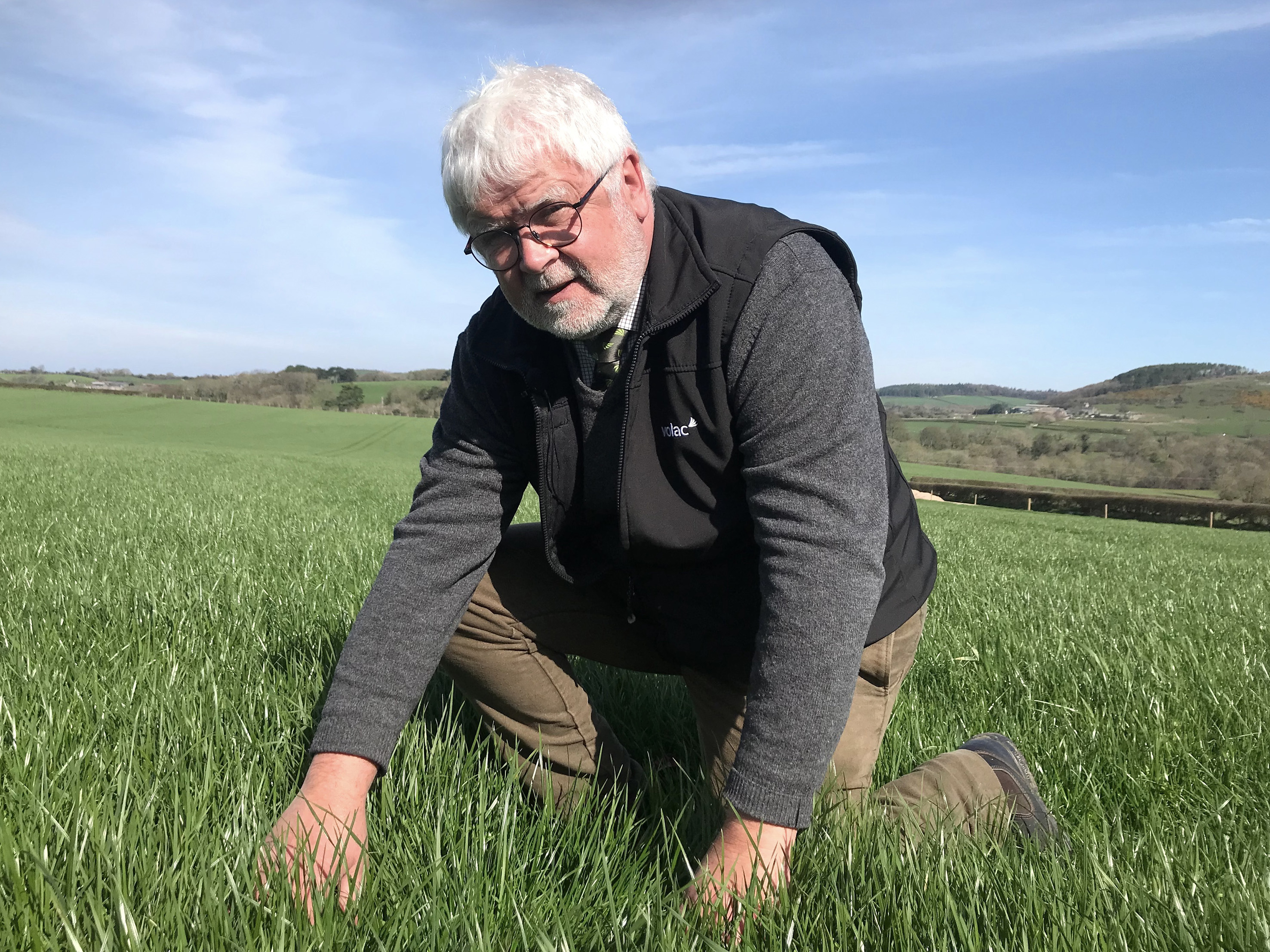Improving silage making in difficult conditions
05 February 2024
We’ve certainly had unsettled weather over recent seasons – with long wet or dry spells hindering target cutting dates and affecting wilting. Which has made producing quality silage difficult.
Whether making multi-cut for dairy cows, or taking one or two grass silage cuts a year on an upland beef or sheep enterprise, good silage is all about cutting grass at the target quality for the animals being fed, and retaining the maximum amount of nutrients in that crop. Speed is critical as slow wilting or fermentation will cause large losses of nutrients, whether in clamps or bales.
If aiming for the best nutritional quality, taking an early first-cut, for example in April, may not produce much bulk, but it clears out old, overwintered grass leaving fresher growth for the next cut.
Similarly, taking all main cuts while grass is still younger and leafier means it will be more digestible and therefore higher in metabolisable energy for the stock.
During mid-summer, grass naturally becomes stemmier and more lignified, reducing its digestibility. The hot, dry June in 2023 exacerbated this, which may explain the poorer silages made during this time. In seasons such as this, consider cutting a bit earlier than normal during prolonged sunny weather, to avoid this quality drop.
At the opposite end of the weather scale, we also saw plenty rain during 2023. Although not ideal, provided effluent isn’t going to be a problem, if grass has been cut and it isn’t wilting rapidly, consider ensiling it slightly wetter than the target % dry matter (DM), rather than leaving it in the field in the hope of a dry spell and risking an even bigger quality decline.
Additionally, Ecosyl 100 additive is well proven to boost the speed of silage fermentation, so preserving more nutrients and DM and improving animal performance, but there are certain scenarios where the case for using it becomes even stronger.
Silage made wetter is one example, because of the more extensive fermentation it requires due to its higher water content, and because it’s at greater risk from clostridia bacteria from soil.
And grass cut younger is another example, as it tends to be lower in sugar and higher in protein, both of which hamper an efficient fermentation. This is especially relevant in a multi-cut system as there’s less time for slurry bacteria to dissipate between cuts, increasing the need to dominate the fermentation with an additive proven to help in these conditions, such as Ecosyl 100.
Looking to improve your silage? Incorporating a tried-and-tested silage additive into your strategy is crucial. Dive into our website for comprehensive insights on Ecosyl 100 additive and Ecocool additive.